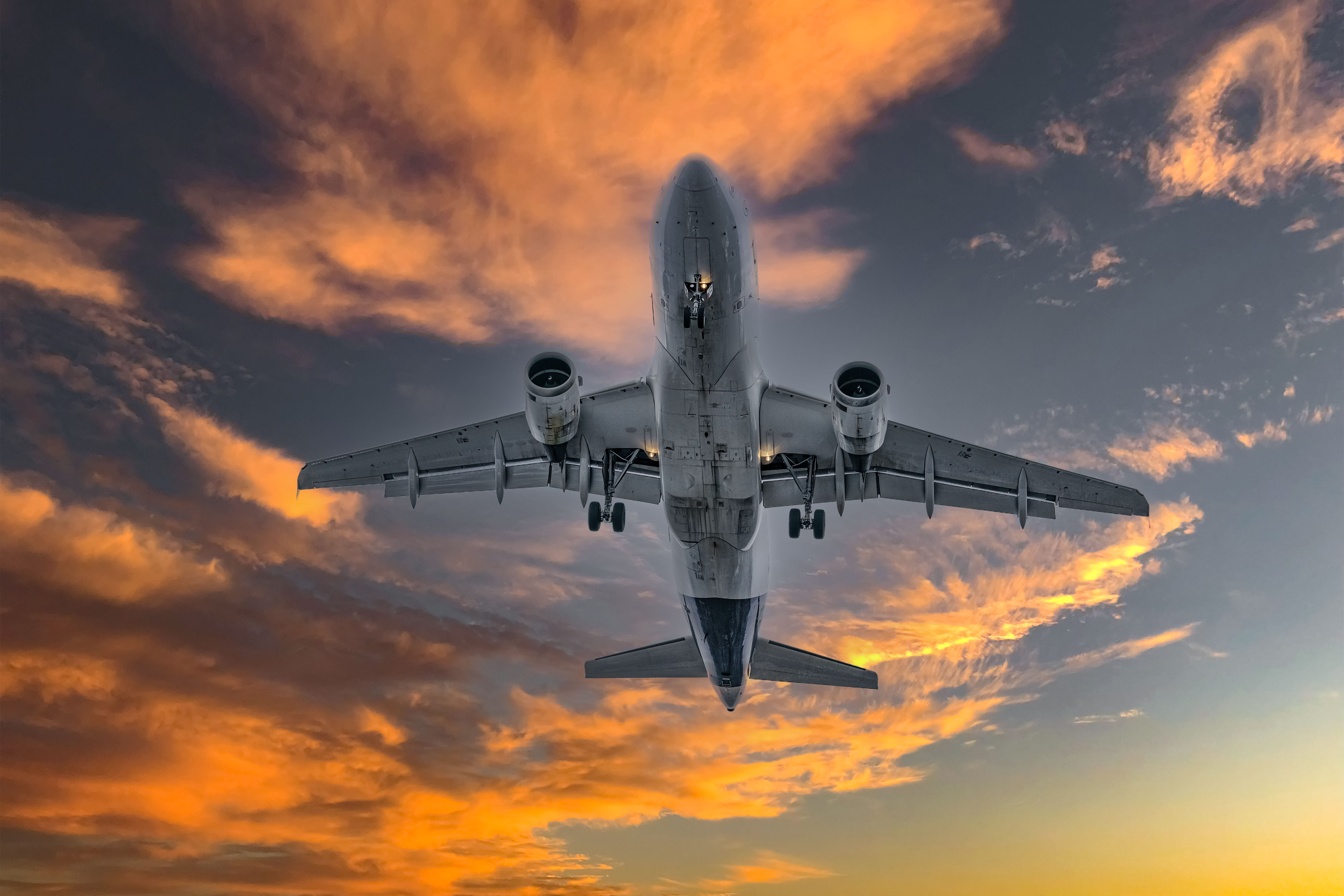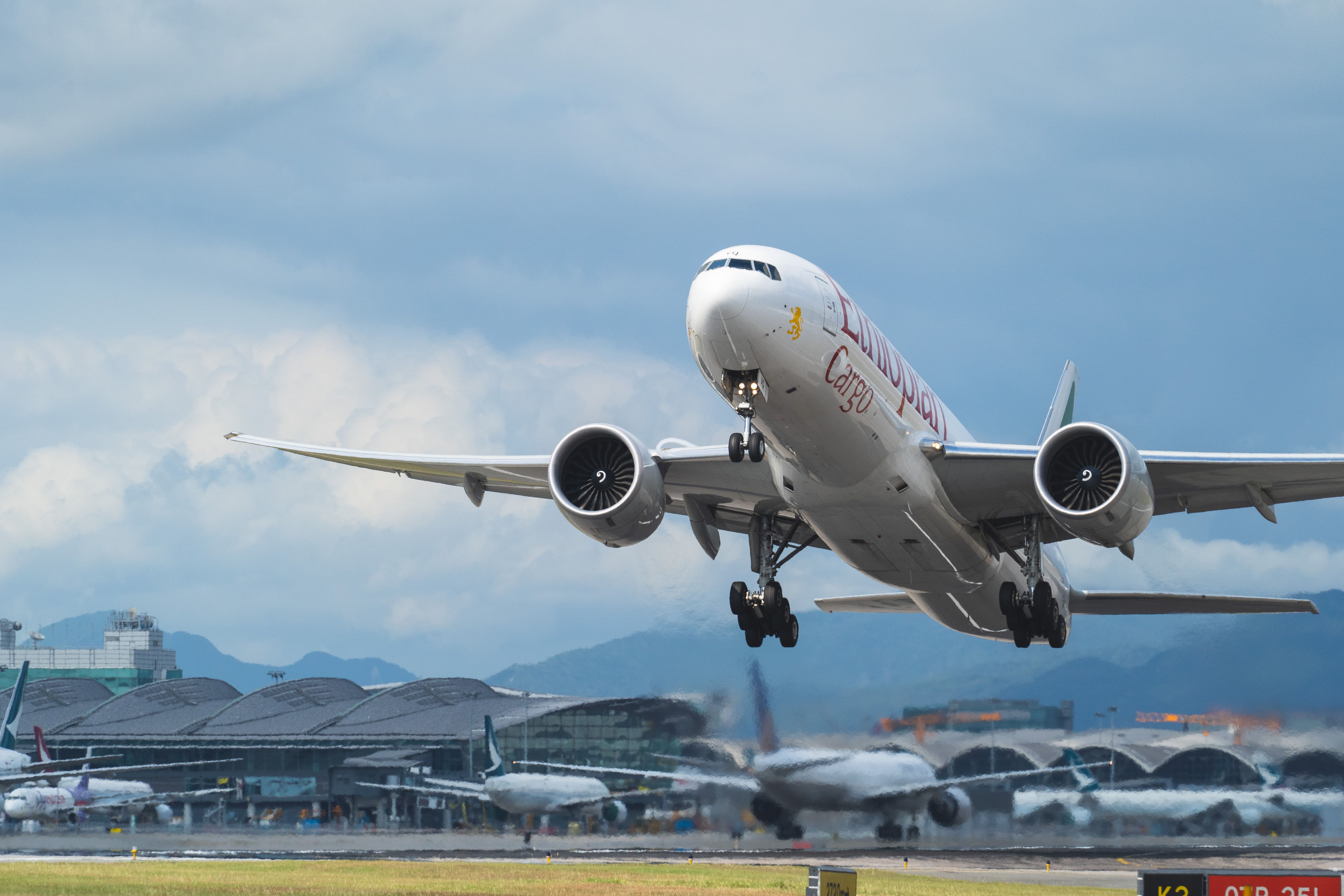Flight and travel statistics are often complicated. This is undoubtedly the case with distance and speed measurements. We are, of course, used to kilometers and miles, but aviation adds the measure of nautical miles (and knots for speed). This is a historic measure that developed from the earliest maritime activities - but remains in use.
Developing the nautical mile
The nautical mile came about as a practical navigational development. The concept of parallels of latitude and meridians of longitude developed during the 16th Century. Navigation this way was sought as an alternative to visual methods.
The nautical mile is based on latitude and longitude. As we know, the sphere of the earth is broken up into 360 degrees. Dividing this further, each degree is split into 60 minutes. A nautical mile represents the distance of one of these minutes of latitude. This is essentially one-sixtieth of a degree.
Get the latest aviation news straight to your inbox: Sign up for our newsletters today.
Formalizing it alongside the meter
A measure based on degrees worked well in maritime navigation for centuries and still does today. The meter was developed in the late 18th Century as an alternative measure of distance. It was established as equal to one ten-millionth of the quarter meridian (running from the North Pole to the Equator, through Paris). This makes the circumference of the earth to be 40,000 kilometers.
The nautical mile was officially standardized against the meter in 1929 by the International Hydrographic Organization. It was set as one nautical mile equal to 1,852 meters. The United States and the United Kingdom used slightly different measurements for some time, but they are now all standardized.
Nautical miles and knots
A knot is a measure of speed, with one knot simply equal to one nautical mile per hour. This remains standard in maritime and air navigation, along with the use of nautical miles.
The name 'knot' derives from early maritime practices of measuring speed. This involves a rope with regularly spaced knots attached to a piece of wood. This wood was placed in the water behind a ship, and the length of rope (by knots) that passed out behind the ship over a set period of time determined the speed.
Get all the latest aviation news right here on Simple Flying.
Why keep nautical miles and knots?
Put simply, it makes sense for flight planning and navigation, just as it did for maritime navigation. Bear in mind here that the mile is a very arbitrary measure. It is defined as 5,280 feet - and the measure of a foot originates from measuring an average human foot length, dating back to Roman times or earlier.
The International Civil Aviation Organization (ICAO) explains that pilots can easily adapt to units of measurement when operating aircraft. The group states:
"A large amount of worldwide commercial civil aircraft (Boeing, Airbus, etc.) are designed and calibrated primarily for use of Non-SI units operationally (feet, nautical miles, knots, etc.). However, the advent of digital avionics systems has allowed for the customisation of the displays of the units to be tailored to requirements, thus allowing the switch between the display of SI and Non-SI units to be performed in the cockpit."
Notably, there is no nautical kilometer. When it comes to abbreviating the term nautical mile, different institutions use different symbols.
- M is used by the International Hydrographic Organization
- nmi is used by the Institute of Electrical Electronics Engineers and the United States Government Publishing Office
- NM is used by ICAO.
We generally prefer to use the latter here at Simple Flying.
Nautical miles are mathematically linked to the circumference of the earth and to latitude and longitude. Over long flights, this is a useful and explainable measure related to degrees of latitude and longitude. Of course, on shorter flights (as with sailing), miles or kilometers may seem more sensible.
Air navigation and its history are fascinating topics that we don't often discuss. What are your thoughts about the usage of nautical miles across the aviation industry? Let us know what you think of this field in the comment section.



